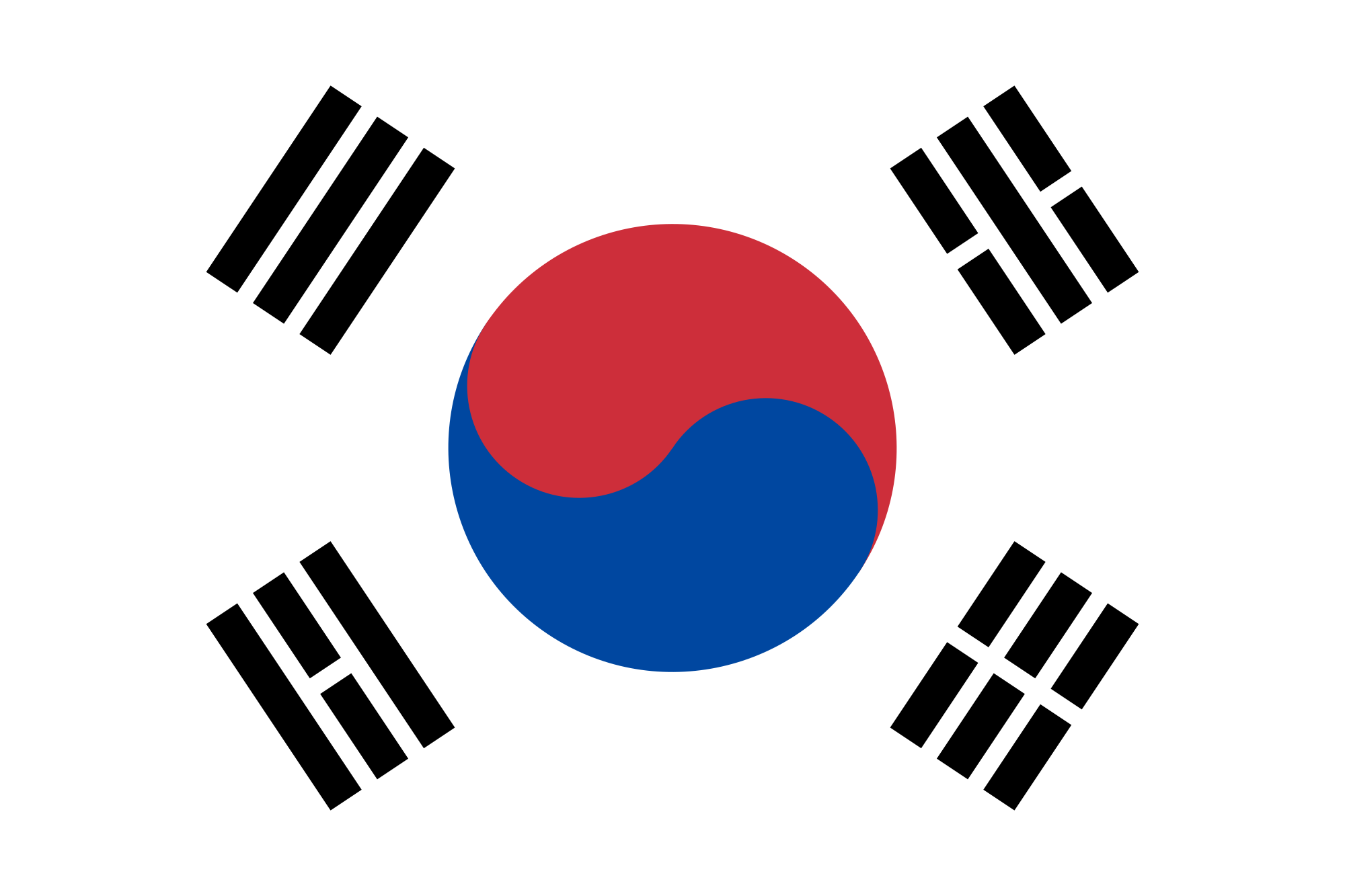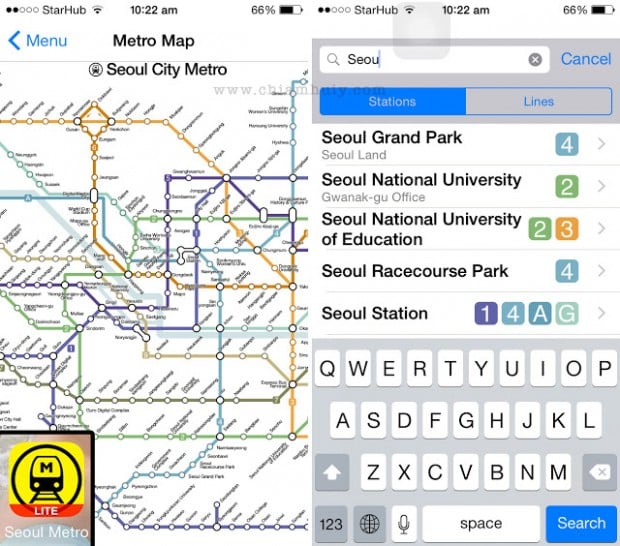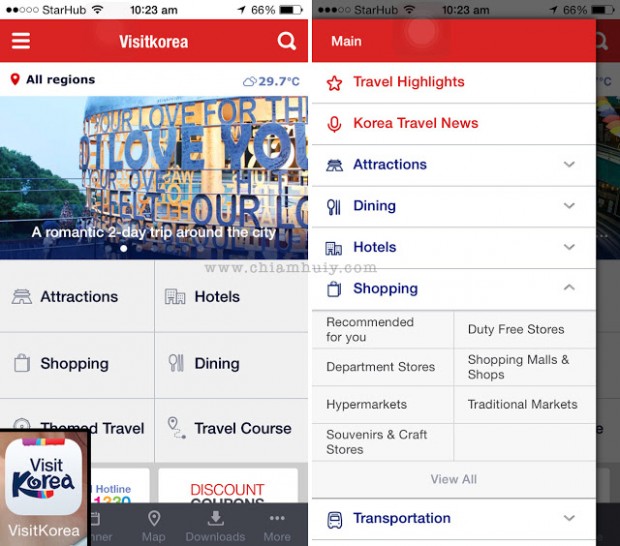Korean marts (한인마트) were blooming in the neighborhood where I stayed. In the neighborhood itself, from existing 4 Korean marts, it has grown up to 9 Korean marts till to-date. 4 in Desa Sri Hartamas and 4 in Mont' Kiara & Solaris Mont' Kiara. If add in the other 6 Korean Marts in Ampang, Total 15 Korean Marts in KL till today.
Overall, almost all those basic Korean food product that generally needed for Korean cooking and living can be found in all Korean Marts above. The only difference is each Korean Mart have their own preference range of products and brands which they are selling.
Desa Sri Hartamas 데사스리 하타마스
(1) Seoul Mart 서울 마트
One of the pioneer Korean Mart in Desa Sri Hartamas that has been operate for more than a decade. I frequent Seoul Mart as most of the items I am looking for can be obtain here - from veggie, meat, kimchi, instant food, snacks, frozen foods, beauty care, cosmetic to various household items. They also selling ready to go food such as kimbap or steam wang-mandu (dumplings), or tteok (sticky rice). Delivery service available for purchase above RM300 (Thanks Soo Hwei for the info).
Address: 27, Jalan 23/70a, Plaza Crystal Ville Centre, Desa Sri Hartamas, 50480 Kuala Lumpur
Phone: 03-6201 3060
(2) Lotte Mart 롯데 마트
Just two blocks away from Seoul Mart, located same row as Pelita Nasi Kandar, Lotte Mart is also another pioneer Korean Mart in town operate for many years in Desa Sri Hartamas. We would grab some sales items here sometimes especially ramyeon.
Address: 26G, Jalan 25/70a, Desa Sri Hartamas, 50480 Kuala Lumpur
Phone: 03-2300 2400
(3) Lee Mart 이 마트
New Korean mart open around a years ago. The mart name was E-Mart when they first open. Later rename to Lee Mart probably due to copyright issue. Although there are already 3 Korean marts nearby (all are within few hundred meters distance). Lee Mart still have it's regular customers, each time I pass by they do have customer inside. Lee-Mart located same row as 99 speed mart, KFC or next to the Korean living products shop (see no.5).
Address: Jalan 26a/70a, Plaza Prisma, Desa Sri Hartamas, 50480 Kuala Lumpur
Phone: 03 2859 9358
(4) Kedai Bekalan Hidup & Rumati 생활용품매장
The shop first caught my attention with the "odd" Malay words at the signboard "Kedai Bekalan Hidup & Rumati". Does anyone knows the meaning of Rumati? Anyway, this is a living and life supply shop. The shop is like a mini Namdaemun. You can find all sorts of living supply such as socks, beauty items, toiletries, quilts and mats, kitchen utensils, bowls pots plates, kpop items, even souvenirs here.
Address: 15, Jalan 26a/70a, Plaza Prisma, Desa Sri Hartamas, 50480 Kuala Lumpur
Tel.: 03 6201 8900
Mont' Kiara & Solaris Mont' Kiara (몽키아라 & 솔라리스)
(5) NH Mart | 농협관 마트
Galaxy Korean Mart has converted into NH Mart in Nov'16, where you can find imported agriculture and halal products in NH Mart. One of the large scale Korean Mart located inside Plaza Mont' Kiara. Block E, Lower ground. NH Mart (previously Galaxy Mart) can be access from carpark at Level B1 as well. They have 3 reserved parking lots for their customers (30 minutes limit time) which I like the most as sometimes it is hard to find parking at plaza MK. One of the great deal I would grab here is they are selling big bulk of spring onion at RM3 only. More photos about NH Mart - Click HERE.
*Delivery service available if purchase above RM100 (Mont' Kiara Area) or above RM1000 (outside Mont' Kiara Area) - Thanks Soo Hwei for the info!
Address: EOG-01 & EOG-04, Plaza Mont' Kiara, Jalan Kiara, Mont' Kiara, 50480 Kuala Lumpur
Tel.: 03-6201 4989 / 03-6201 3690
(6) Kim's Mart 킴스마트
Kim's Mart used to be the one and only Korean Mart available at Tanjung Tokong, Penang (Year 2008 on-wards). The mart later has sold to other Korean expats and the owner couple move to KL and open their first Kim's Mart Desa Sri Hartamas. Later they shifted to Solaris Mont' Kiara and the first Kim's Mart has become the current Top Mart. Kim's Mart is another large scale Korean mart in town. The mart has an attached Korean street food corner known as "I love Topokki".
We like to purchase pork meat for Korean BBQ use at the butchery section as the price is reasonable and a lot of variety. Kim't Mart give 2% cash rebate of total purchase (except pork meat) where you can accumulate the rebates and claim it later.
Address: No. 11, Jalan Solaris 2, Solaris Mont Kiara, 50480 Kuala Lumpur
Tel.: +60 3-6203 7500
(7) K-Market 케이마캣
K Market is another new large scale Korean Mart open last year January. Most of the products brands that selling here are different from other Korean Marts. Some in-trend items that I couldn't find in other Korean mart can be get here. K-market also provide 30 minutes reserved parking lots in front of the mart for customer's convenient.
K-Market also give 2% of instant rebate of total purchase. For those who unable to visit K-Market, K-Market is available online too through HappyFresh & 11th Street. K-Market is located at the rear of Soho KL building. Just walk across from Kim's Mart towards entrance to basement carpark towards the rear of the building on your right, you will see K-Market standing signboard just few meters away.
Address: J-G-10 & J-G-11, Ground Floor, Solaris Mont Kiara, Jalan Solaris, 50480 Kuala Lumpur
Tel.: 03-6206 3352
Website: www.facebook.com/kmarketmalaysia/?fref=ts
(8) Shin Shun Mi Mart 신선미 마캣
Shin Shun Mi Market can be spot on your right when you enter to Solaris Mont Kiara, same row with CIMB, right below Daorae Plus. We normally will hop in and browse around after dine in at Daorae Plus to get some Korean ice-cream as our dessert after dinner. Shin Shun Mi Market is first open their store at Ampang - Korean Town and recently open their third branch in Taman Bukit Indah, Johor Bahru.
Address: 7, Jalan Solaris, Solaris Mont Kiara, 50480 Kuala Lumpur,
Tel.: 03 6206 5654
Website: shinsunmiko.cafe24.com/
Ampang 암팡
(9) Phil Market 필마트
I still remember I bought our first Korean earth-ware and culinary sets here at Phil Mart during my first visit in year 2008. Phil Mart is one of the pioneer Korean mart in Ampang where husband and I would grab something whenever we are here at Ampang. Their item price are much lower price compare to all the Korean Marts I visit before.
Address: 1, Jalan Ampang Utama 1/1, Taman Ampang Utama 68000 Ampang, Selangor
Tel.: 03-4257 8066
(10) Shin Shun Mi Mart, Ampang 신선미 마캣 (암팡)
Shin Shun Mi Market in Ampang is the largest Korean Mart in Ampang area. They are the first Korean Mart in Klang Valley which have a snack corner selling Korean street food before Kim's Marts in Solaris Mon't Kiara. We used satisfy our cravings of tteokbokki and kimbap here as it is not expensive and delicious. Shin Shun Mi Market later expanded to Solaris MK and Johor Bahru recently.
Address: 14-L1, Ampang Putra Residensi, Jalan Ampang Putra 6, 68000 Ampang, Selangor
Tel.: 03-4256 8989
(11) Galaxy Korean Mart, Ampang | 갤럭시 코리안 마트 (암팡)
I haven't been to Galaxy Korean Mart in Ampang so far. From this interview by local newspaper TheStar, Galaxy Korean Mart has been open for business for a decade (since year 2005) before they open another branch in Plaza Mont' Kiara in 2013.
Address: 64, Komplex Galaxy Ampang, Jalan Dagang 5, Taman Dagang, 68000 Ampang, Selangor
Tel.: 03-4278 4989
(12) Hanaro Mart 하나로 마트 (암팡)
Another new Korean Mart located just 2 shops away from Hanwoori. Previously the mart was named "Pasaraya Korean Mart" before refurbish and rename to Hanaro Mart.
Address: C-9, G/Floor, Jalan Utama 1/1, One Ampang Avenue, 68000 Ampang, Selangor
Tel.: 03-4256 5595
(13) Lotte Mart (One Ampang Avenue)
About 1 min walk from the street beside Phil Mart, you may find new Korean Mart located at the ground floor of the 4-storey shoplots. Same row with Nak-won Korean BBQ Restaurant.
Address: A-15-1-1, Jalan Ampang Utama 2/2, One Ampang Avenue, 68000 Ampang
Tel.: 03-4257 7788
(14) Living and Life Sdn. Bhd. 생활용품매장
Similar to no.5, this is another Korean shop selling living and life products such as Korean fashion accessories, household items, Korean food and etc in Ampang. Located right next to San Nae Duel Korean Restaurant, Ampang.
Address: No. G-13, Jalan Dagang B/3A Taman Dagang, 68000, Ampang, Selangor
Tel.: 03-4270 2624
















































